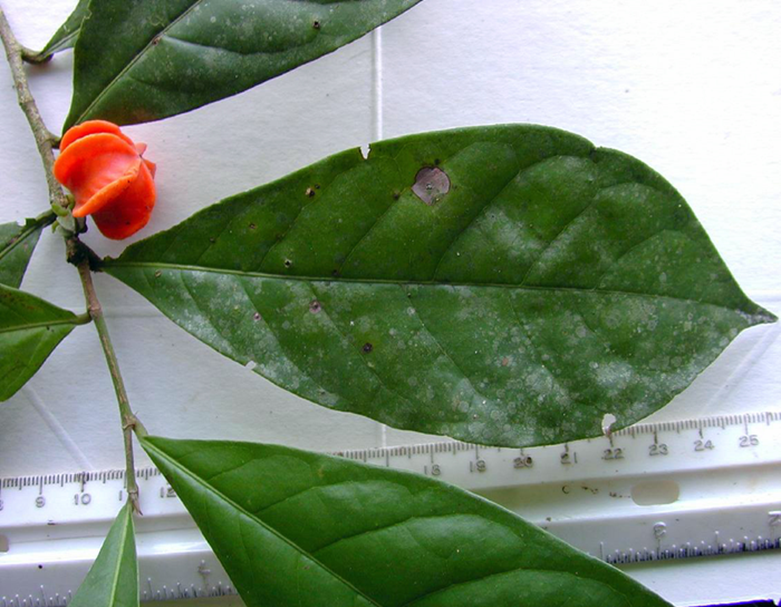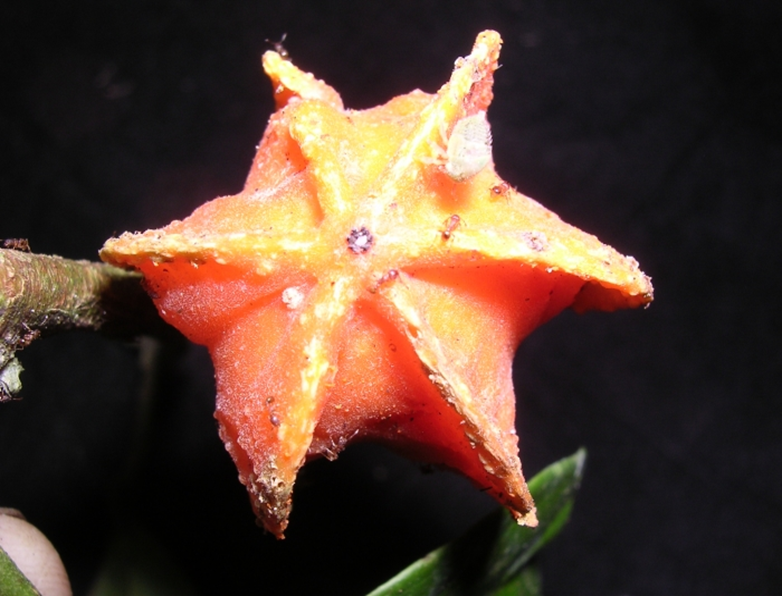A rare plant in the Amazon forest has baffled scientists for 50 years

In one of the most fertile places on our planet, an uninteresting green plant grows among many others. Despite its long use in some areas of the Amazon by the local people called Machiguenga, the strange combination of the characteristics of this plant has puzzled scientists for 50 years.
“I didn't think it was special, except for the fact that it had characteristics of plants from several different plant families,” says Robin Foster, a botanist at the Smithsonian Institution, who first obtained the plant in 1973. "Normally, I can tell a plant's family by looking at it," he said. "Quick, but I couldn't classify this plant."
This mysterious plant blooms in the Manu River floodplain forest at the end of the wet and dry seasons, bearing either male or female flowers. During the wet and dry seasons, it is decorated with small, delicious orange fruits shaped like paper lanterns.
But even those distinctive fruits - which this plant produces, which are creamy and sweet in taste - did not help in finding a place for this plant on the tree of life, as all the scientists to whom the scientist Foster showed samples of this plant were confused, and they were unable to identify the plant family that You should be a part of it.

“I tried to figure it out using some simple techniques like boiling the flower ovaries and taking pictures of the pollen,” said Field Museum botanist Nancy Hensold, “and yet we still don’t know what it is. It really bothered me.”
Initial attempts to analyze DNA from dried samples of the plant failed because the genetic material was too degraded. Fortunately, Manu National Park ecologist Patricia Alvarez Loaiza has collected more recent specimens.
Finally, genes extracted from the plant's nuclei and chloroplasts (photosynthetic organs) showed that they belong to a family of tropical plants, called Bicramniaceae.
New York Botanical Garden curator Wyatt Thomas explained his reaction: “How crazy! “These plants don’t look like any other plant in the family.”

Some of the characteristics of its flowers are similar to another plant, Nothuthalysia, which is also a member of the Bikramniaceae family and grows in the same region, but its fruits and green parts are very different.
Therefore, the above-mentioned differences, in addition to the genes of this plant, support the idea that it belongs to another completely different genus, which researchers have named Enigmanu, which means: The Enigma of Manu.
Thomas and his colleagues named the plant Alvarezia to honor Alvarez Loayza and her pioneering work in ecology, education, and resource protection.
“Now they are classified in the Bicramniaceae family, we are looking to find secondary components that could be used as anti-cancer drugs, which is a feature of this family of plants,” Martin Czech, a taxonomist at the Royal Gardens in London, who was not involved in the study, told CNN. ».
It has been found that the habitat of the Enigmano variezii plant is rare and disappearing quickly, and that it is now collected from only a few sites, so scientists advise classifying it. Endangered.

“The study of plants in general has not yet been completed, including plants in the tropical forest, especially plants in the Amazon, and specifically those in the upper parts of it,” Foster explained.
Plants are the basis for everything that lives in those areas and are the most important to study, as they are the basis for understanding the changes that occur in tropical regions, protecting what remains of them, and restoring areas that have been destroyed.
Source: websites

